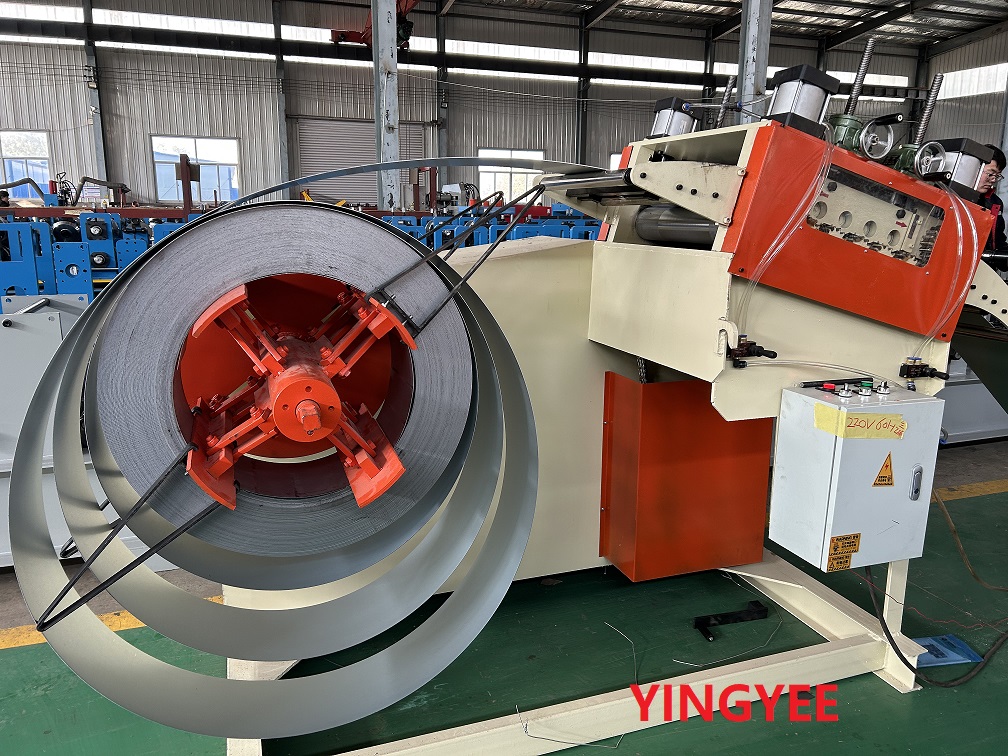
Understanding Rolled Forming Machines
Rolled forming machines are a cornerstone in the field of metalworking, providing a precise and efficient way to shape metal into various profiles. This manufacturing process is particularly valued for its ability to produce long lengths of material with consistent quality and minimal waste. In this article, we will explore the fundamental aspects of rolled forming machines, their applications, and the advantages they bring to various industries.
What is Rolled Forming?
Rolled forming involves the continuous bending of a strip of sheet metal through a series of specially designed rolls. As the metal strip passes through these rolls, it is gradually shaped into a desired cross-sectional profile. This method is favored for its efficiency, as it allows for high production rates and the ability to create complex shapes.
Components of a Rolled Forming Machine
A typical rolled forming machine consists of several key components 1. Feed System This part ensures a consistent supply of metal strip into the forming area. It often includes a decoiler that unwinds the metal and a feeding mechanism that pulls the material forward. 2. Roll Stations The core of the machine, where metal strips undergo bending and shaping. These stations contain rolls that are specifically designed to impart the desired shape to the metal. 3. Control System Modern rolled forming machines are equipped with computerized control systems that regulate the speed, pressure, and position of the rolls, ensuring accurate and repeatable processes. 4. Cutting Mechanism Once the desired length of the profile is reached, a cutting mechanism slices the finished product from the continuous strip.

Applications of Rolled Forming Machines
Rolled forming machines are utilized across numerous industries, including construction, automotive, and furniture production. Common applications include - Building components Channel sections, angles, and other framework parts are produced for structural integrity in buildings and bridges. - HVAC Systems Ducting and framing elements are shaped using rolled forming technology to provide efficient heating, ventilation, and air conditioning systems. - Automotive Parts Components like brackets, beams, and other structural elements are manufactured for vehicles, contributing to both performance and safety. - Home Furnishings Shelving, supports, and other interior design fixtures can be produced with precision using rolled forming.
Advantages of Rolled Forming
The rolled forming process offers several notable advantages - High Efficiency Once a rolled forming machine is set up, it can produce vast quantities of products with minimal downtime. - Material Conservation The process generates little scrap, maximizing the use of raw materials and reducing costs. - Precision The ability to produce parts with consistent dimensions and shapes ensures that components fit together perfectly, which is crucial in applications such as construction and machinery. - Versatility Rolled forming can be adapted to create various profiles and can work with a wide range of materials, including steel, aluminum, and brass.
Conclusion
In conclusion, rolled forming machines play a vital role in modern manufacturing, providing innovative solutions for shaping metal into useful products. Their ability to streamline production, reduce waste, and maintain quality continues to make them an integral part of various industries. As technology advances, the capabilities of rolled forming machines will likely expand, opening new avenues for creative and efficient manufacturing processes. Whether for high-volume production or precision components, rolled forming remains a key technique that shapes our world.